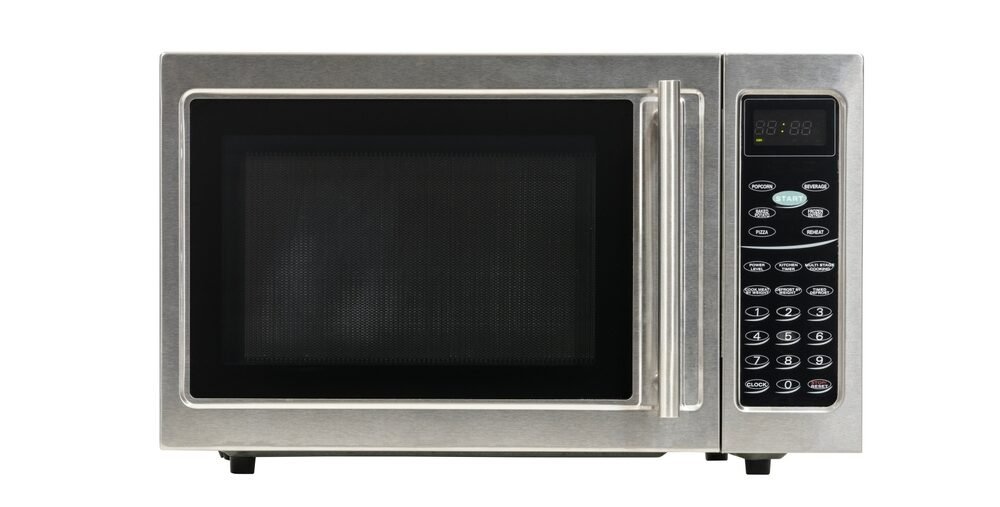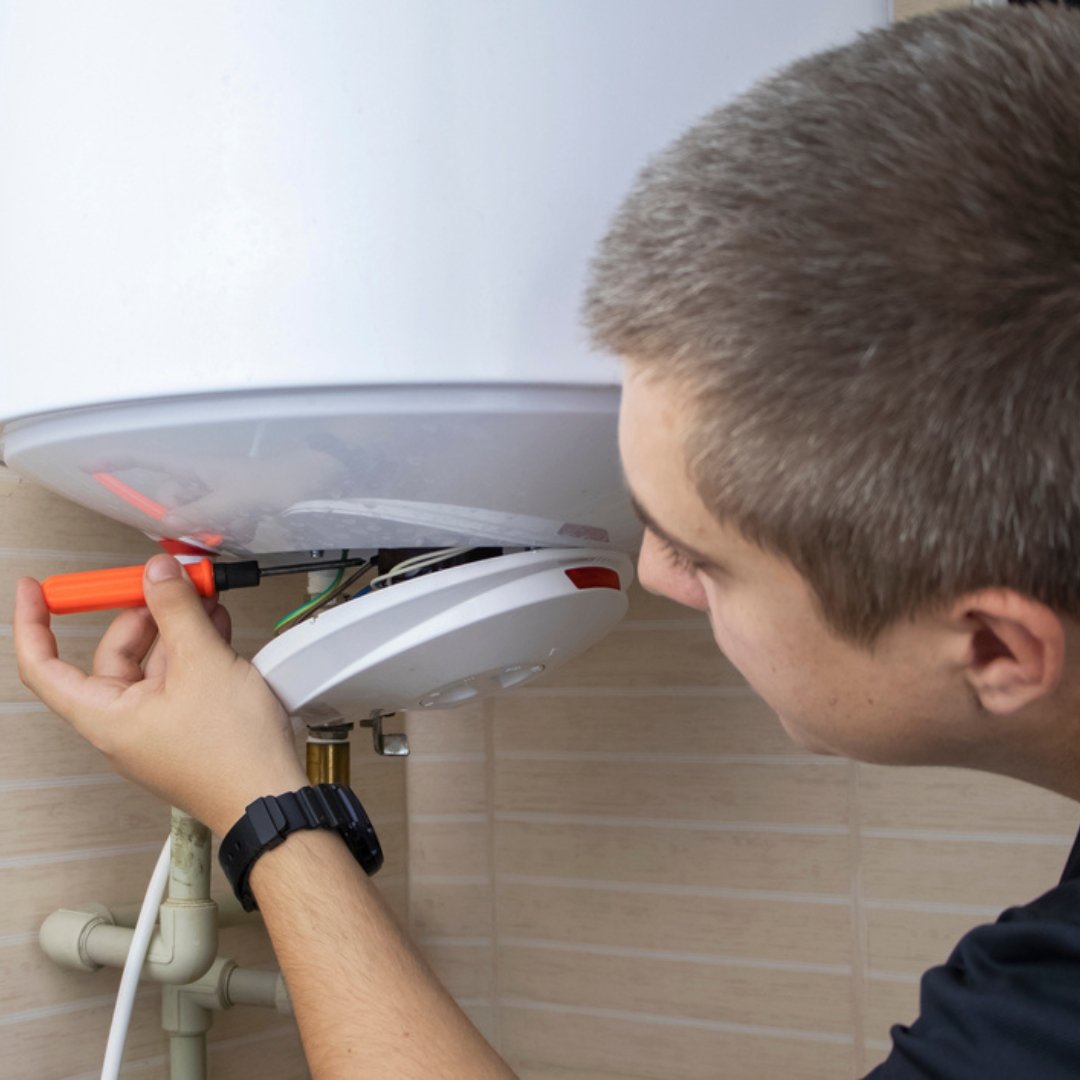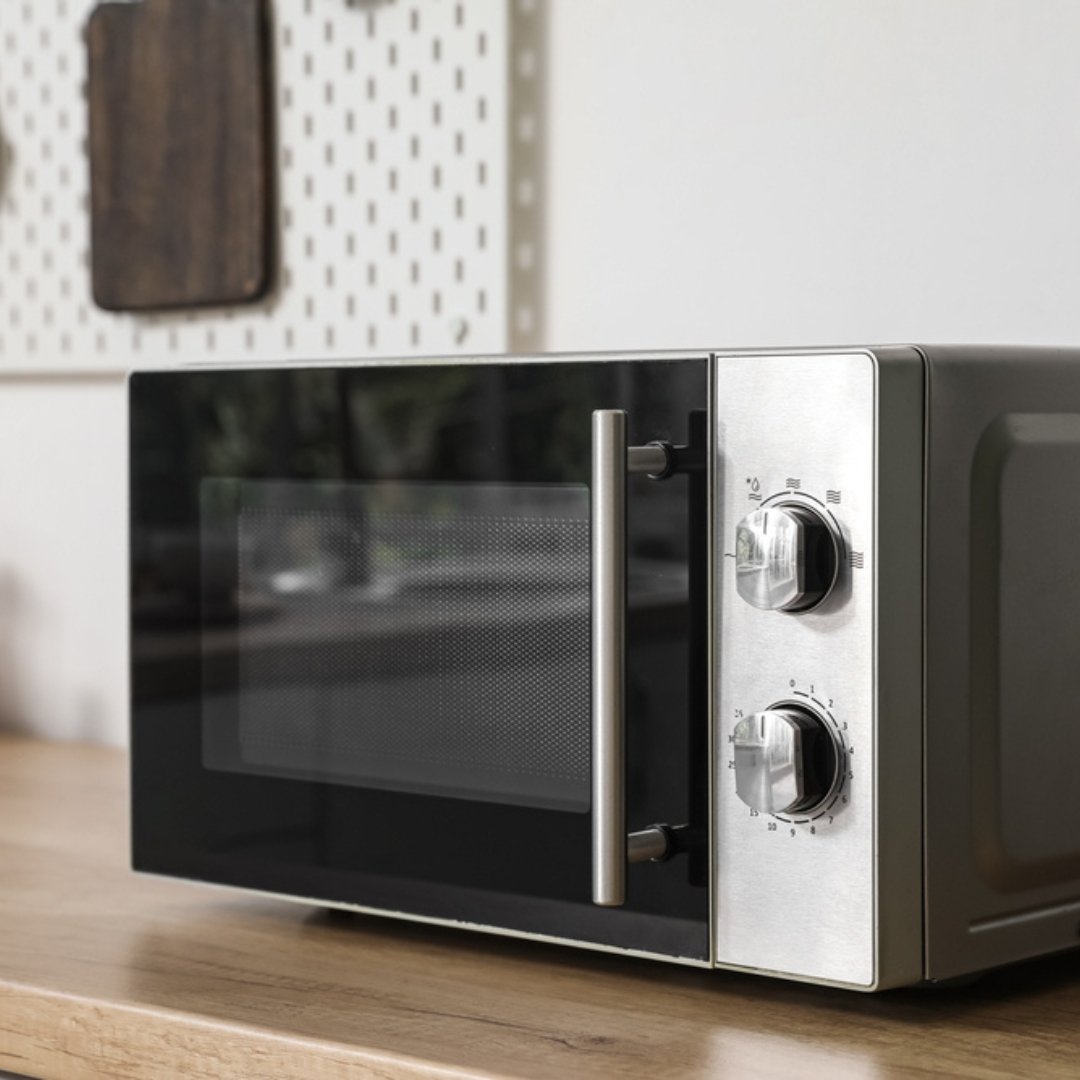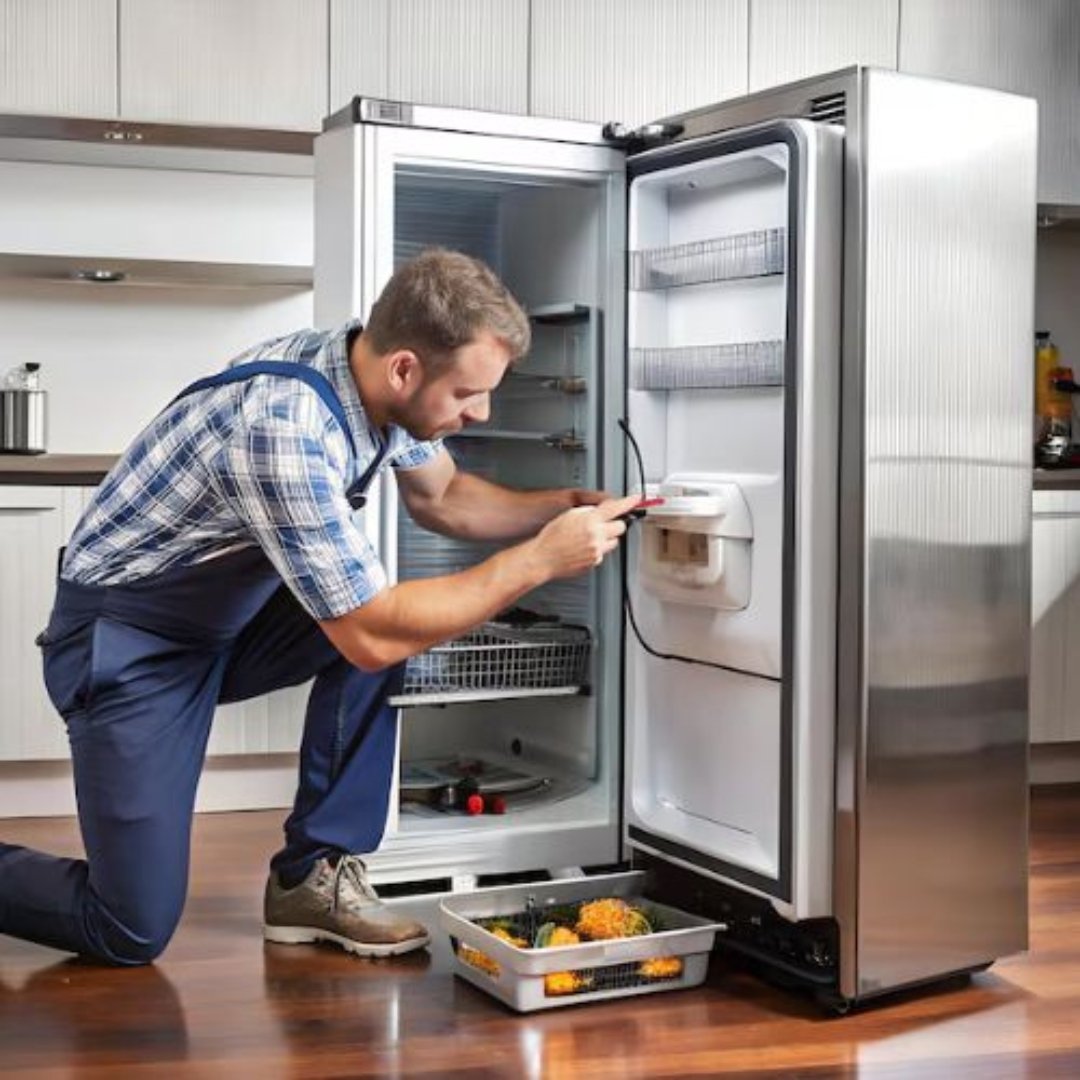Comparing Old vs. New Microwaves for Safety
Microwave ovens have become an essential appliance in modern kitchens, saving time and effort in cooking, reheating, and defrosting food. However, like all electrical devices, microwaves age with use, and their safety can be compromised over time. With technology evolving rapidly, newer models offer advanced protections that older ones lack. This raises an important question: how do old and new microwaves compare when it comes to safety? To Know More Click Here

1. Radiation Leakage Concerns
One of the biggest safety concerns with microwaves is radiation leakage. Microwaves use electromagnetic waves to heat food, and these waves are contained within the oven by a protective metal mesh in the door.
- Old Microwaves:
Over years of regular use, door seals can weaken, hinges may misalign, or latches can wear out. This can cause small amounts of microwave energy to leak. While the leakage is usually below dangerous levels, any exposure beyond limits could pose health risks. -
New Microwaves:
Modern designs are manufactured under stricter international safety standards such as those set by the FDA (U.S.) or IEC (global). They are tested to ensure radiation leakage remains far below the permissible limit (5 mW/cm² at 5 cm from the oven surface). Improved seal technology and auto-lock doors minimize the risk further, making leakage highly unlikely.
2. Fire Hazards and Overheating Risks
Microwaves generate high heat in short bursts, which, if uncontrolled, can lead to fire hazards.
- Old Microwaves:
Older units may lack automatic cut-off sensors. Continuous overheating can damage internal components or even ignite food or packaging materials if forgotten inside. -
New Microwaves:
Most modern microwaves come with built-in temperature sensors, auto-shutoff features, and better cooling systems. These features prevent the oven from overheating and significantly reduce fire hazards. Some smart models even alert you via mobile apps if the cooking cycle runs too long. To Know More Click Here

3. Electrical Safety Considerations
Like any appliance, microwaves rely on complex wiring and insulation to operate safely.
- Old Microwaves:
With age, the wiring insulation may degrade, increasing the risk of short circuits, sparks, or even electric shocks. Older designs also lacked surge protection, leaving them vulnerable to fluctuations in power supply. -
New Microwaves:
Today’s models feature enhanced insulation materials, reinforced grounding, and surge-resistant designs. They’re built to withstand variable voltage conditions common in many regions, reducing the risk of electric hazards.
4. Food Safety and Heating Consistency
Safety isn’t just about the appliance—it also affects the food you eat.
- Old Microwaves:
Older microwaves often have uneven heating patterns, leaving cold spots in food. This is a concern because harmful bacteria may survive in undercooked areas, especially when reheating leftovers or defrosting meat. -
New Microwaves:
With inverter technology and rotating turntables, modern units ensure more consistent heating. This means food is cooked thoroughly and safely, reducing the risk of foodborne illnesses. To Know More Click Here

5. Child Safety Features
Child safety is a major factor in household appliances.
- Old Microwaves:
Older models usually lack child lock systems, making it possible for children to operate them unsupervised—potentially leading to accidents like burns or misuse. -
New Microwaves:
Most modern microwaves have child lock buttons, touch-screen locks, and even app-based monitoring. These features prevent accidental starts and keep little hands safe.
6. Energy Efficiency and Longevity
Although not often discussed, energy efficiency is tied to safety too.
- Old Microwaves:
Older designs consume more power and often generate unnecessary heat, which can stress internal components and create risks of malfunction. -
New Microwaves:
Modern units are energy-efficient, eco-friendly, and designed for longevity. By consuming less electricity, they generate less internal strain, making them safer to use daily.
7. Practical Tips for Microwave Safety
Regardless of whether you own an old or new microwave, a few good practices can ensure safer use:
- Check the door seals regularly for cracks or wear.
- Never operate a microwave if the door is damaged or doesn’t close properly.
- Avoid using metal containers or foil unless the model specifies it’s safe.
- Clean regularly to prevent food buildup, which can ignite.
- If your microwave is over 10 years old, consider replacing it—even if it still works. To Know More Click Here

Final Thoughts
Old microwaves may still perform basic functions, but they carry hidden risks—radiation leakage, electrical faults, overheating, and inconsistent cooking. Newer models, on the other hand, are built with advanced safety mechanisms, better engineering, and stricter testing standards. For households that prioritize safety, efficiency, and reliability, upgrading to a modern microwave is a wise investment.
When it comes to balancing convenience with peace of mind, the difference is clear: new microwaves are not just appliances, but safety upgrades for your kitchen.
SafeTag – Your Safety Partner in New Zealand
Ensure workplace safety and compliance with SafeTag’s professional testing services. We offer certified solutions for Electrical Testing & Tagging, RCD Testing, Microwave Leakage Testing, and Portable Appliance Testing (PAT). Trust our experts for hassle-free, on-site service tailored to your business needs.




